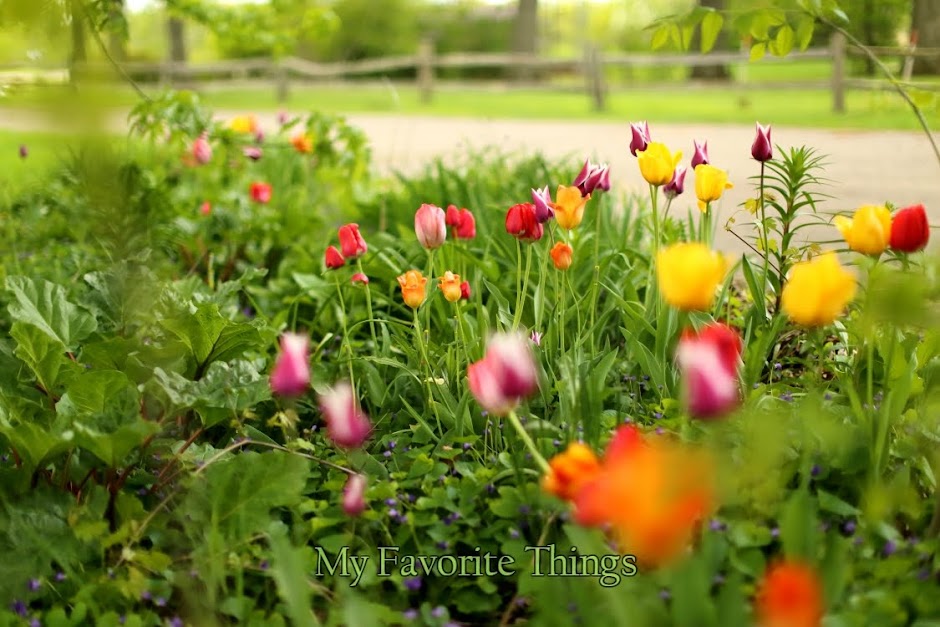
I came across this posting (http://www.growbetterveggies.com/growbetterveggies/2008/05/how-i-plant-a-t.html) about two years ago and was quite intrigued. The testimonials on the the website swear that this method produces five-feet tomato plants and loads of tomatoes. So, this year, I decided that I will try out this method (or at least come close to it).
In the past, I've tried to start my tomato plants early by planting my tomato seeds in little containers indoors, but I wasn't too successful with that method. I'm a bad gardener because I sometimes I forget to water consistently and they wilt and die. So, the method I've found to be successful (at least for me), is to plant the tomato seeds in my garden and to move the plants once they have sprouted. This method works for me because the plants are exposed to a harsher environment and becomes much more hardy. Furthermore, the plant actually survives if I don't water it every day. At the same time, the moving of the plants helps me with my dilemma of wanting to keep as many of the sprouts as possible. See, I often feel bad when I have to thin out the seedlings that have grown too close (it's worked so hard to germinate and grow), so it's great if I can replant the seedling elsewhere.
This year, I decided that I would try the "everything but the kitchen sink" tomato planting method, as described in the website mentioned above. First, I had most of the stuff mentioned, but not all. I did have the fish heads (fish tails and guts are also acceptable), the aspirin, the bone meal, broken eggshells, some compost (no worm castings), and the fertilizer (although it may not be a time-release fertilizer). I felt that I had most of what was needed, so why not attempt something new, right?

Today was a cloudy overcast day, with a slight drizzle. In other words, a perfect day for transplanting plants (I really don't mind the very light rain). I always recommend that if you intend to transplant any plants into or around your garden, may it be from another part of your garden or from a pot or a start-up kit, do it early in the morning or on an overcast day. The plants are already stressed from the transplant and shouldn't be stressed any further by the sun or its heat.

I dug up the hole and threw in the fish head, aspirin, bone meal, crushed eggshells, compost and fertilizer. I then dug up the tomato plant. In the picture above, there are two tomato plants. Yes, you are seeing a paper towel/toilet paper cardboard tube. I read in a blog (sorry, don't remember which one) that you can cut up the tube into smaller pieces and place it around a plant/seed. This helps you to remember that you already planted something in the spot, to see the plant in the garden (so you don't accidentally step on it), and also may help you to identify that the plant is not a weed. So far, I found this tip to be very helpful.
Anyhow, as I was saying, I then dug up the tomato plant. Now, the method I use involves a hand trowel and digging about an inch or two away from the plant. I dig in and lift up, digging up the dirt along with the plant, trying to keep as much dirt as possible close to the plant. I believe that this helps minimize the stress on the plant and keeps as much of the plant's roots in tact.


I then put the tomato plant into the hole and fill up the hole with dirt. I also cover the stem of the tomato plant, up to the leaves, with dirt. Apparently, the little hairs on the stem will become roots. This is important because the extra roots will provide more support for the plant, ensuring a better chance for the plant to support itself as it matures. Well, I'll keep you posted as to how successful this experiment will be.

No comments:
Post a Comment